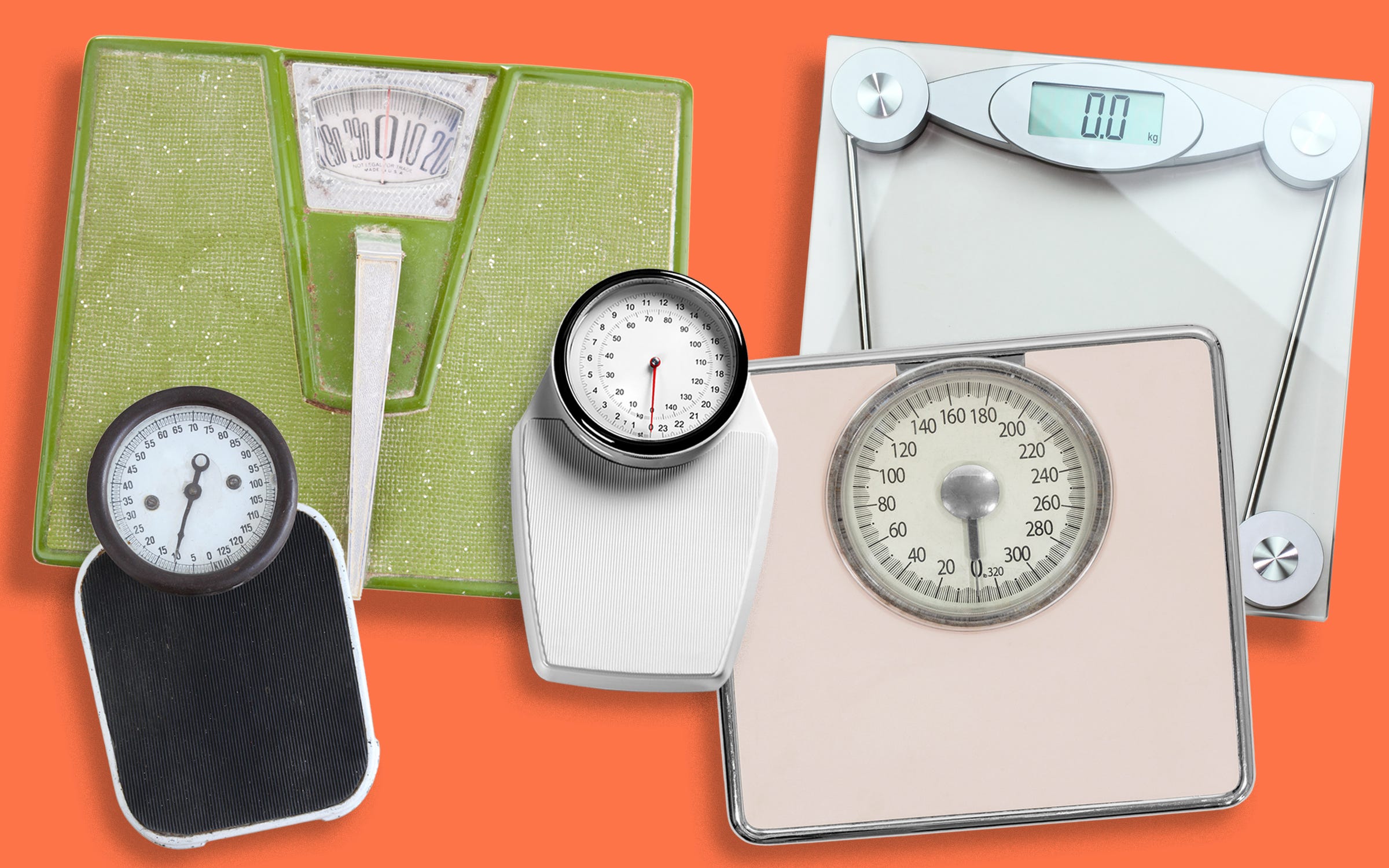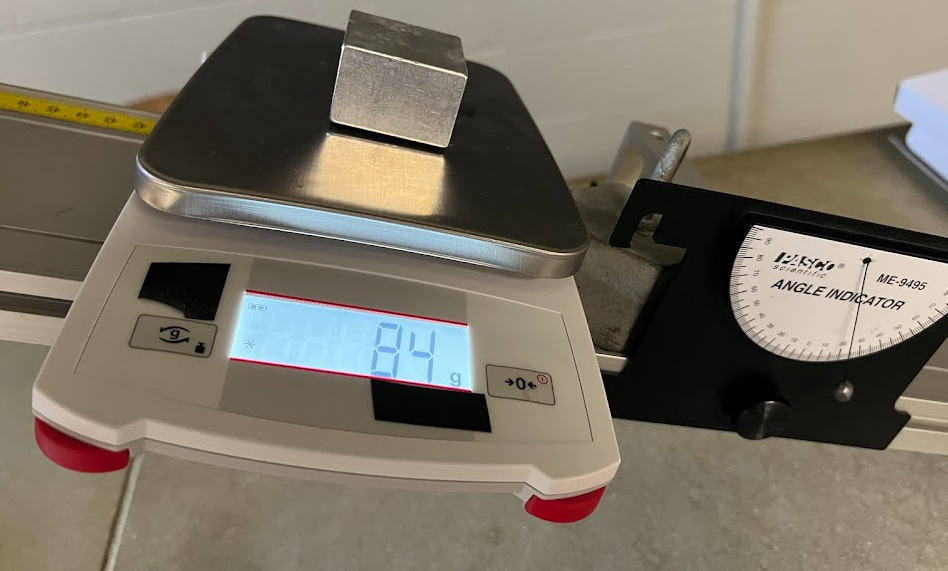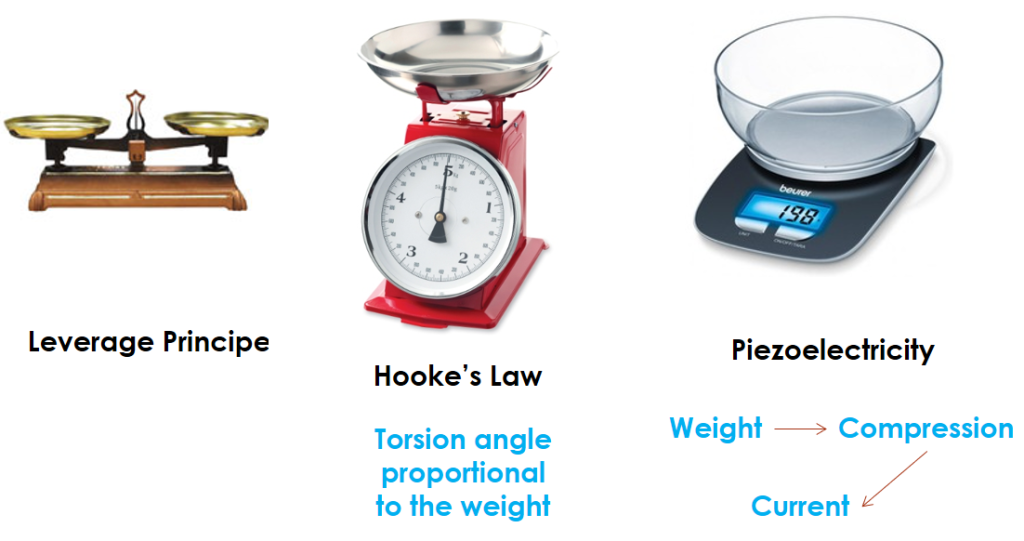Have you ever wondered how you can find out the exact weight of an object? Whether you’re cooking, working on a science project, or just curious, knowing the right tool to measure mass is important.
Using the wrong tool can lead to mistakes and confusion. You will discover the most common and reliable tool used for measuring mass. By the end, you’ll feel confident about choosing the right device every time. Keep reading to unlock the secret behind accurate mass measurement!
Common Mass Measurement Tools
Measuring mass is important in science, cooking, and many industries. Different tools help us find the mass of objects accurately.
This guide shows common tools used to measure mass and explains how each one works.
Mechanical Balances
Mechanical balances use a beam and weights to measure mass. You place an object on one side and move weights on the other side.
When the beam is level, the mass equals the total weight moved. These balances are simple and do not need power.
Digital Scales
Digital scales show mass on a screen using electronic sensors. They give fast and easy readings in numbers.
These scales are common in kitchens and stores because they are quick and easy to use.
Analytical Balances
Analytical balances are very precise tools used in labs. They can measure tiny masses with great accuracy.
They often have a glass cover to protect the object from air currents and dust.
Spring Scales
Spring scales measure mass by how much a spring stretches. The object’s weight pulls the spring down.
The scale shows the mass based on the spring’s stretch length. These are simple and portable tools.

Credit: elemental.medium.com
How Each Tool Works
Measuring mass requires different tools depending on accuracy and use. Each tool works using unique principles.
Understanding how these tools work helps in choosing the right one for your needs.
Principles Behind Mechanical Balances
Mechanical balances measure mass by comparing an object to known weights. They use a beam that balances on a fulcrum.
The object is placed on one side, and weights are added on the other until the beam is level. This shows the object’s mass.
- Uses a lever and fulcrum
- Balances object against known weights
- Level beam indicates equal mass
Operation Of Digital Scales
Digital scales use sensors called load cells to measure mass. These sensors detect force when an object is placed on the scale.
The load cell converts this force into an electrical signal. The scale’s processor then shows the mass on a digital display.
- Uses load cells to detect force
- Converts force into electrical signals
- Displays mass digitally
Precision In Analytical Balances
Analytical balances measure very small masses with high precision. They use an enclosed chamber to prevent air currents from affecting the measurement.
The balance detects tiny weight changes using sensitive electromagnetic force restoration. This gives an accurate mass reading.
- Measures small masses accurately
- Uses an enclosed chamber
- Employs electromagnetic force for precision
Functionality Of Spring Scales
Spring scales measure mass by the force of gravity pulling on the object. The object stretches a spring inside the scale.
The amount the spring stretches is proportional to the object’s mass. A pointer shows this measurement on a dial.
- Uses a spring stretched by weight
- Spring stretch shows force of gravity
- Pointer indicates mass on a dial
Choosing The Right Tool
Measuring mass accurately depends on choosing the right tool. Different tools fit different needs and settings.
Understanding key factors helps pick a tool that works well for your purpose and environment.
Factors Affecting Accuracy
Accuracy depends on the tool’s design and environment. Electronic balances give precise readings but need calibration. Mechanical scales are less sensitive to power issues but can lose accuracy over time.
External factors like temperature, humidity, and vibrations also affect results. Choose a tool that matches the level of precision you need.
Suitability For Different Applications
- Laboratories require high-precision analytical balances.
- Industrial use often needs heavy-duty platform scales.
- Kitchen scales suit cooking and small measurements.
- Postal scales measure letters and small packages.
Match the tool to the item’s size and the setting for best results.
Cost Considerations
| Tool Type | Price Range | Typical Use |
| Mechanical Scale | Low | Home and light use |
| Digital Kitchen Scale | Medium | Cooking and small tasks |
| Analytical Balance | High | Laboratory and research |
| Platform Scale | High | Industrial weighing |
Consider your budget and how often you will use the tool before buying.
Portability And Ease Of Use
Portability matters if you move the tool often. Smaller scales are light and easy to carry. Look for these features:
- Compact size
- Battery operation
- Simple controls
- Clear display
Choose a tool that fits your work style and location for smoother measuring tasks.
Calibration And Maintenance
Measuring mass accurately needs the right tools and care. Calibration and maintenance keep these tools working well.
Regular checks help avoid errors and ensure correct measurements over time.
Importance Of Calibration
Calibration adjusts the measuring tool to give correct results. It compares the tool to a known standard.
Without calibration, measurements can be wrong and cause problems in work or experiments.
Calibration Methods
Different tools need different ways to calibrate them. Common methods help ensure accuracy.
- Using standard weights to check scales
- Adjusting zero points before use
- Following manufacturer guidelines for specific tools
Regular Maintenance Tips
Maintenance keeps the mass measuring tool in good condition. Clean and check it often.
- Keep the tool clean and free from dust
- Store in a dry and safe place
- Check batteries if it is electronic
- Handle with care to avoid damage
Troubleshooting Common Issues
Sometimes the tool may not work right. Fix small problems to avoid wrong measurements.
- Check if the tool is on a flat surface
- Make sure it is zeroed before measuring
- Replace worn or damaged parts
- Recalibrate after any repair or impact
Advancements In Mass Measurement
Measuring mass is important in many fields like science, industry, and daily life. Tools for mass measurement have improved a lot over time.
New technologies help measure mass more accurately and quickly. These advancements make work easier and results more reliable.
Smart Scales And Iot Integration
Smart scales use digital technology to measure mass and connect to other devices. They send data to smartphones or computers for easy tracking.
IoT integration allows scales to be part of larger systems. This helps monitor mass in real time and improves decision-making in factories and labs.
- Wireless data transfer
- Remote monitoring
- Automatic data recording
- Improved accuracy through software
High-precision Instruments
High-precision instruments measure very small changes in mass. They are used in research, pharmaceuticals, and quality control.
These tools include analytical balances and microbalances. They offer measurements with accuracy up to micrograms or even smaller.
- Analytical balances for labs
- Microbalances for tiny samples
- Calibration weights for accuracy
- Environmental controls to reduce errors
Future Trends In Mass Measurement
Future tools will use more automation and artificial intelligence. These features will improve speed and reduce human error.
New materials and sensors will make devices smaller and more sensitive. Wireless and cloud technologies will help manage data better.
- AI for data analysis
- Miniature sensors
- Cloud storage and sharing
- Better energy efficiency

Credit: rjallain.medium.com
Safety And Best Practices
Measuring mass requires precision and care. Using the right tools ensures accuracy and safety. Follow best practices to achieve consistent results.
Understanding the factors that affect measurements is crucial. Proper handling and environment can make a difference.
Handling Sensitive Equipment
Tools for measuring mass are sensitive. Handle them with care to avoid damage. Calibration is key for accurate measurements.
- Always calibrate before use
- Store in a safe, dry place
- Handle with clean, dry hands
Environmental Factors To Consider
Environmental conditions can affect mass measurements. Temperature, humidity, and air currents play a role. Control these factors for reliable results.
| Factor | Effect on Measurement |
| Temperature | Can cause expansion |
| Humidity | May affect sensitivity |
| Air Currents | Leads to fluctuations |
Ensuring Consistent Results
Consistency in measurements is vital. Use the same tool and method each time. Record conditions to identify any variations.

Credit: www.youtube.com
Frequently Asked Questions
What Tool Is Commonly Used To Measure Mass?
A balance scale is commonly used to measure mass accurately. It compares an object’s mass with known weights. Digital scales are also popular for precise mass measurements in labs and kitchens.
How Does A Balance Scale Measure Mass?
A balance scale measures mass by comparing an object to known masses. It balances both sides until they are equal. This method ensures accurate and reliable mass measurement without relying on gravity.
What Is The Difference Between Mass And Weight Measurement Tools?
Mass measurement tools, like balances, compare matter quantity. Weight measurement tools, like spring scales, measure force due to gravity. Mass remains constant; weight changes with gravity, so tools differ in purpose.
Can Digital Scales Accurately Measure Mass?
Yes, digital scales provide accurate mass measurements. They use sensors to detect an object’s mass electronically. These scales offer quick readings and are widely used in labs, kitchens, and industries.
Conclusion
Measuring mass requires the right tool for accurate results. A balance or scale is the common choice. These tools help compare objects or show exact weight. They come in many types for different needs. Knowing how to use them ensures reliable measurements.
This knowledge helps in science, cooking, and daily life. Choosing the correct tool makes measuring easier and more precise. Simple tools can give you clear answers every time. Understanding mass measurement improves your skills and confidence. Keep practicing with these tools to get better results.


